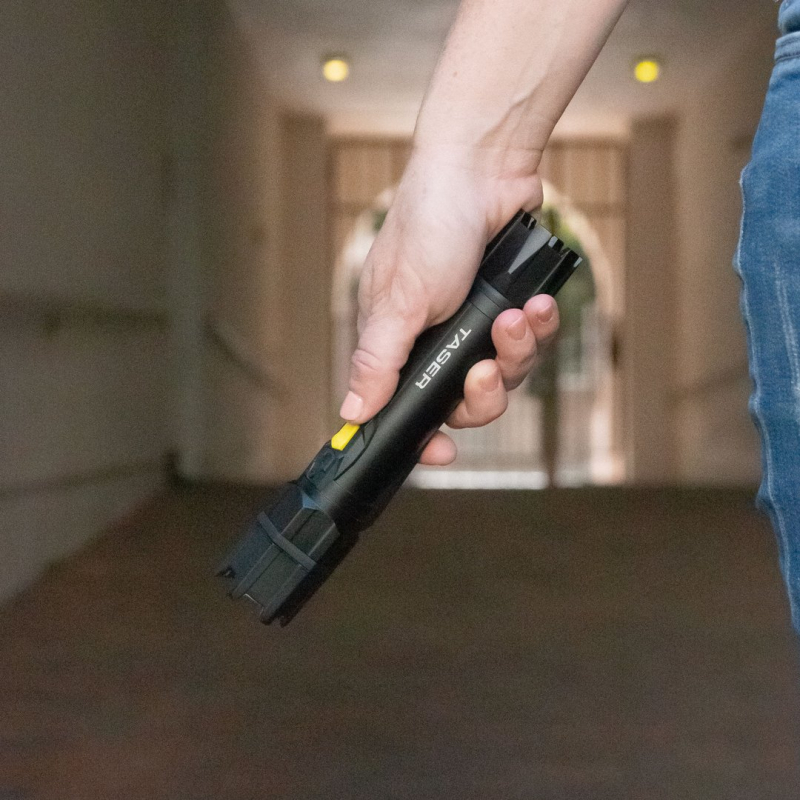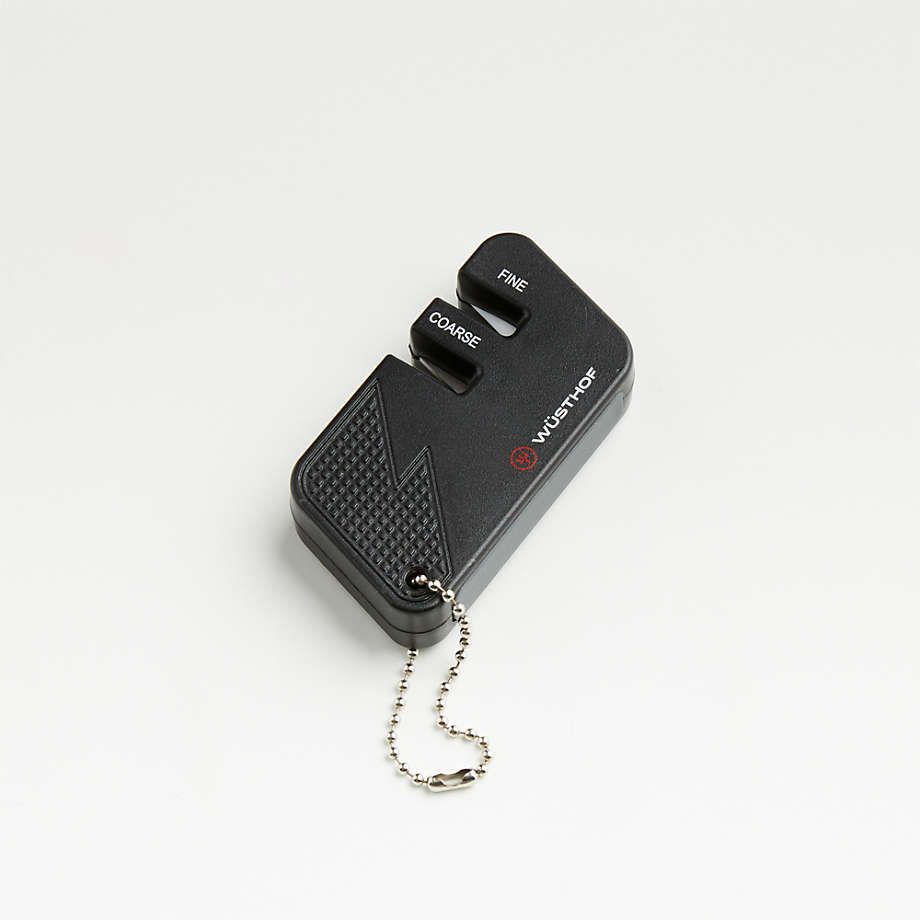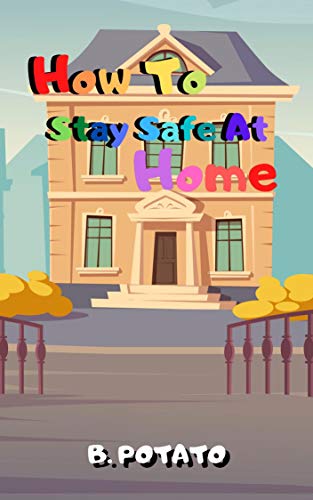
If you're thinking of buying a self-defense pocket knife, you might be wondering which one is the best. Self-defense knives that are easy to open and fold are the best. Among the most popular types of pocket knives are fixed blade, clip-point, Smith & Wesson, and Tanto. There are other types of pocket knives that you may be interested in. This article will explain the pros and disadvantages of each type.
Fixed blade
Fixed-blade self defense pockets knives are an excellent way to defend yourself from attackers. This knife isn't as heavy as a lanyard, and it can be worn on your belt. It can be hidden on your body or carried with you as part of your EDC. Whether it is used in self defense or for hunting, a knife can help you defend yourself at close quarters. If you are considering purchasing a fixed blade self defense pocket knife, there are several types available.

Tanto blade
You have come to the right spot if your interest is in a self defence pocket knife with an chisel-tip Tanto blade. Tanto blades have a reputation for breaking through tough materials and can be used in combat situations. The blades are also very straight, so you can use them for digging or prying. Drop-point blades can be used for more common tasks, but are less versatile.
Clip-point
A clip-point self-defense pocket knife is a useful and efficient tool that combines high functionality and a small, lightweight design. Its full-tang blade allows for quick drawing and can be used to defend oneself in an emergency. It can be bought from both online and knife shops. Online reviews can help you get an idea of what each model is like and help with your decision making.
Smith & Wesson
Smith & Wesson self-defense pocket knives are a great option for those who require a simple pocket knife but aren’t looking to be intimidating. The knife is made from high carbon stainless steel which is extremely durable and retains its edge well. This makes it quick and easy to use. The knife's sharp blade makes it ideal for cutting, cutting, and throwing. However, some customers have had difficulties removing it from the sheath. Additionally, some customers have noted that the plastic molds are uneven.
Kershaw Brawler
A Kershaw Brawler self-defense pocket knife is a great choice. But what should be your first choice? What are its strengths and weaknesses? Let's see! Let's start by looking at its size. It is nearly three inches long and has a large blade. The knife also comes with a lanyard loop to allow you to attach it your belt. The Kershaw Brawler is a larger knife than traditional pocket knives.

Emmerson
An Emmerson pocket knife is the perfect choice for self defense. This pocket knife's blade is designed for both self defense and offensive use. Its curved design allows you to attack with minimal sweeping motions, making it the ideal weapon for hand against weapon training. It is a reliable everyday carry because of its sturdy weight and secure grip. For more information, read our full review of the Emmerson self defense pocket knife.
FAQ
What is the time it takes to recharge a stungun?
This varies depending on the type of battery.
For example, AAA batteries can take as long as 8 hours to charge, while AA batteries can take just 2 hours.
How do you stay safe even if you can't protect yourself physically?
If you are not physically able to defend yourself from an attacker, then you should find someone who is.
Sometimes you may need to ask for assistance. It may be necessary to dial 911. You may also need to call 911.
Contact your local shelter for victims of domestic violence. Safety planning classes are offered by many shelters to help women protect themselves.
Are there any legal requirements for owning a stun gun?
You may need to show proof that you have been trained before you can purchase a stungun in some states.
Some states require that you register your stun gun with police.
Other states require you to notify law enforcement whenever you move.
What should I be looking for in a Self-Defense Class?
It is important to consider the reputation and experience level of instructors when choosing a self defence class. Ask about their credentials and background.
Ask if they offer discounts or free trials. Many instructors offer discounts or free trials to new students.
Ask them if they offer online courses so that you can access them whenever you like.
Ask if they provide emergency medical care after every class. This is especially important in the event that you are hurt during a class.
Look for a class that has a variety of exercises. This will allow you to practice each technique in a relaxed environment.
Statistics
- The Rape, Abuse & Incest National Network reports that 70 percent of sexual violence cases aren't committed by random strangers in a dark alley but by people we know: friends, family, partners, co-workers, etc. (healthline.com)
- In a January 2018 survey of 1,000 women nationwide, 81 percent reported experiencing some form of sexual harassment, assault, or both in their lifetime. (healthline.com)
- Saying this, Self defense 101 would be the importance of situational awareness, which can never be replaced by the finest of martial arts, because it is this that would help you to avoid any likely attacks in the first place. (worldofselfdefense.com)
- Kung Fu alone has 400 unique martial art styles – and whilst you likely won't be able to find a school for each form, many other martial arts are completely different altogether. (budodragon.com)
External Links
How To
How to use a stun gun in self-defense
To defend yourself from attackers, the best method is to use a stungun. If used correctly, stun guns can be dangerous. Stun guns are safe for anyone, even those with a heart condition. They cause temporary paralysis and do not inflict any harm. When you go outdoors, a stungun should always be with you. Pull the trigger and shoot at anyone who tries to attack your body. This will stop them from running.
If you want to learn how to use a stun gun for self-defense properly, read on below:
-
Always point your weapon towards the target.
-
The chest area should be your goal.
-
Only pull the trigger once.
-
Take the weapon and hold it in your both hands.
-
Keep the weapon pointed at your target until you are unconscious.
-
Move quickly to safety.
-
Never touch the victim after pulling the trigger.
-
Use a stun gun only in extremely dangerous situations
-
Do not try to disarm an attacker.
-
If you are attacked, call 911 first.
-
Once the attacker has been subdued, call the police.
-
Don't let the attacker get near to you again.